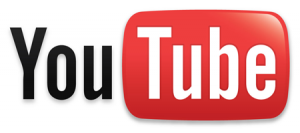Culture: Hugh Hefner helps save the “Hollywood” sign, ’cause he’s awesome
The Playboy publisher donated the last $900,000 needed to help conserve the Tinseltown landmark. He calls the sign “Hollywood’s Eiffel Tower.”
source


